Tagged: Aghoris, ashes, Bhasma, dreadlocks, food choices, habitation, Hinduism, Kumbh Mela, Livelihood, Magical powers, meditation, Naga Sadhus, penance, Religious Practises, Rituals, Sanatan Dharm, tapasya, Worship
- This topic has 0 replies, 1 voice, and was last updated by .
-
AuthorPosts
-
November 28, 2023 at 9:19 am #1597Up::3
In India, many of us may have encountered people with a different appearance, mainly with long hair tied in dreadlocks. They have bhasma (ashes) all over their body and wear a single animal skin cloth or sometimes appear naked. These people are the Aghoris and the Naga Sadhus, especially in Kumbh Melas. Do you see them as similar, or are there any differences? Today, let us decode this myth as well and understand their livelihood.
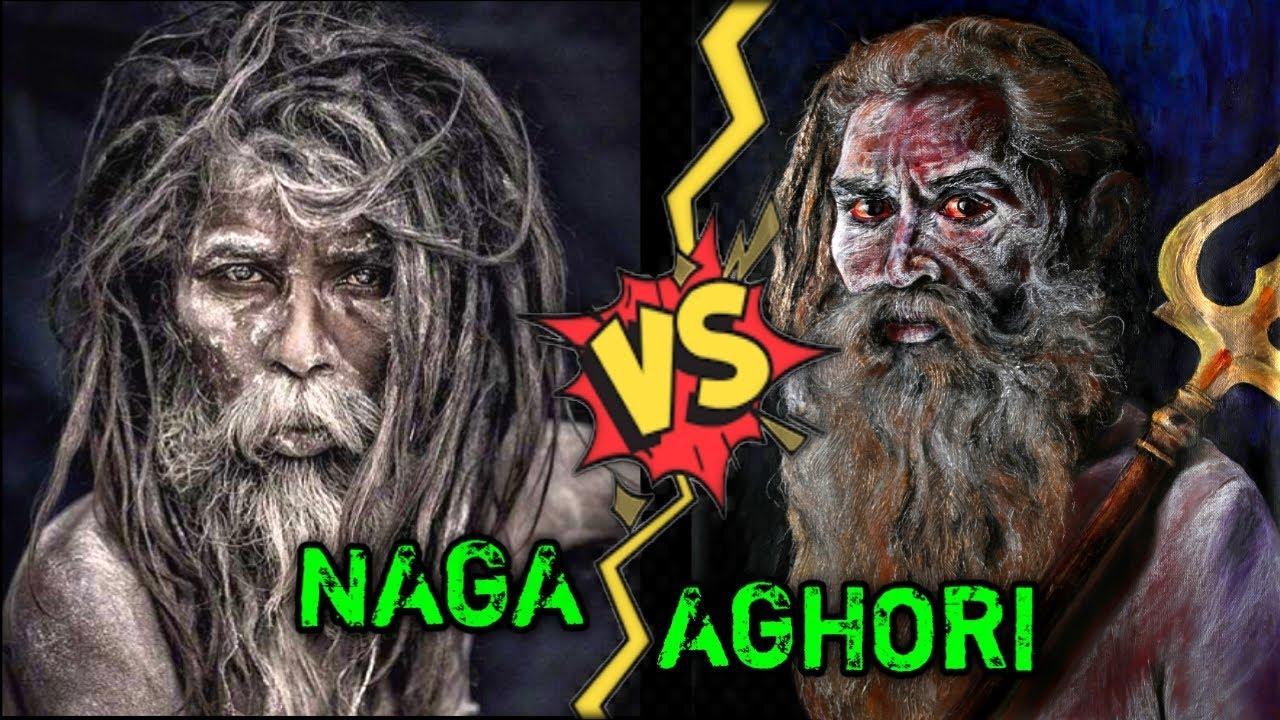
Well, there are many types of Sadhus and Saints in Sanathan Dharma. A few of them are the Aghoris and the Naga Sadhus. Though both sectors follow the same religion, their practices differ significantly.
Who are the Aghoris?
Aghoris are aesthetic monks who follow the Shaivism Sector of Sanathan Dharma. They are seen holding Kapala (skull). This picture is a solid message to the devotees to submit their bondage to the material world, which includes the worldly experience, five senses, intelligence, ego, etc. They are said to love peace and prefer to meditate in the Smashan (Graveyard).
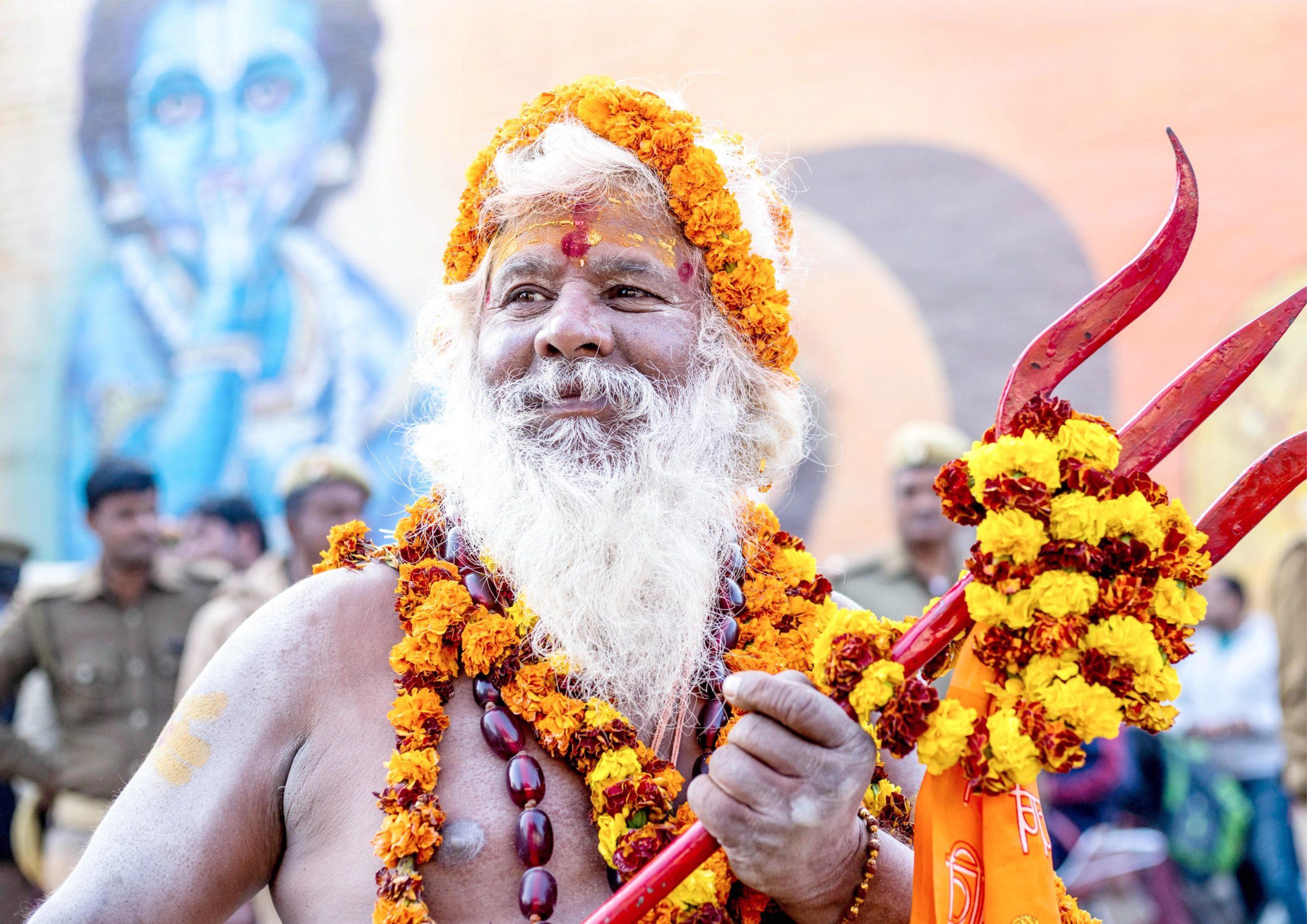
From the majority of the people’s perspective, Aghoris are viewed as a respectable and dreadful group of Hinduism. They usually live in and around the crematorium area. Worshipping the superior form of Lord Shiva, i.e. Bhairava, is their ultimate goal.
Who are the Naga Sadhus?
On the other hand, Naga Sadhus are found in the Kumbh Mela and other religious places. They are the first person to take a bath in the Kumbh Mela. They are believed to make the water pure as soon as they enter the river. Nagas are considered one of the supreme forms of saints in India. Many people visit the Akharas to seek their blessings during the mela.

Naga Sadhus follow the Vaishnava Tradition of Sanathan Dharma. Their typical attire is an orange robe with ashes smeared all over their bodies. Furthermore, they prefer to meditate alone in quiet places, mainly in forests and caves.
Their way to perform Tapasya?
Both the sadhus undergo difficult situations and strict conditions to practise tapasya. It takes them a total duration of 12 years to become a master in their fields. Naga Sadhus stay in Akharas. They have to undergo strict tests to attain the position of a Monk.

On the contrary, to become an Aghori, one has to perform penance in the crematorium. They spend years of their life in crematoriums under challenging situations.
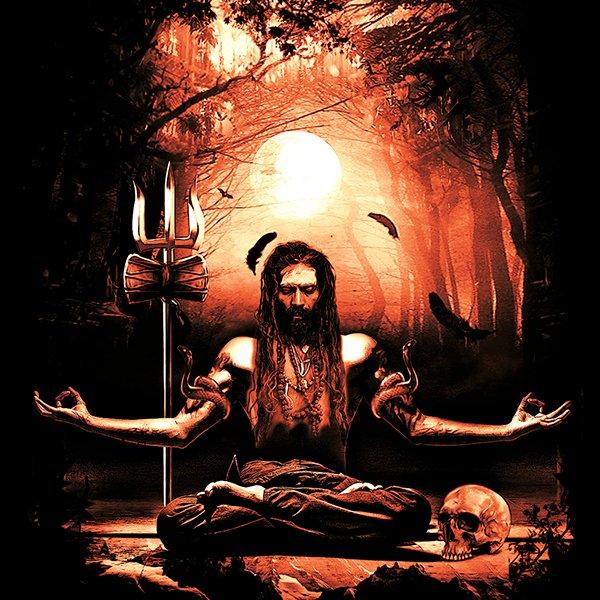
Both worship Lord Shiva but through different methods. Aghoris practise cremation practise, cremation meditation and Shiva Sadhana. This cult is commonly called ‘Ogaharapanth’.
Their Magical powers
Naga Sadhus and Aghoris both possess mystical powers. Aghoris perform black magic and help humans who seek help from them. In comparison, Naga Sadhus preaches wisdom about God’s grace. Both utilise their spiritual power very well to help and heal people around them.
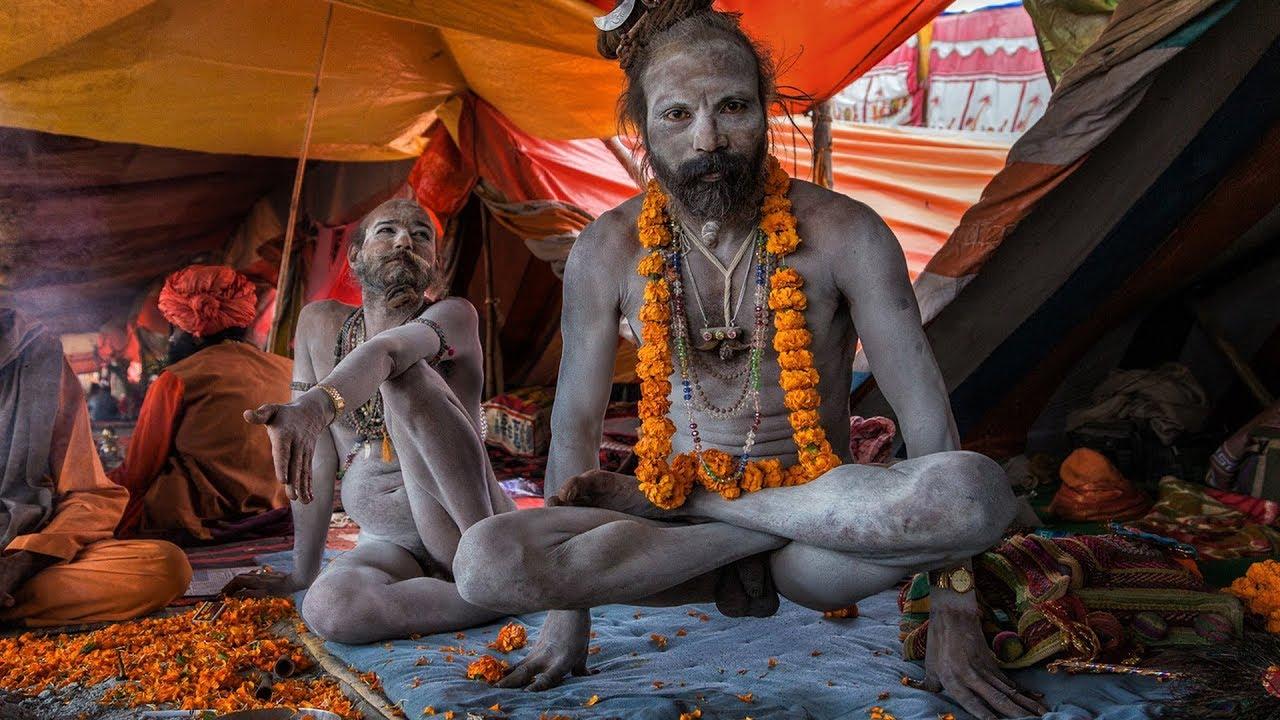
Moreover, Nagas are referred to as warrior sadhus and are ready to fight mindfully or wrestle when needed. Meanwhile, Aghoris is involved in Dark art and meditation.
Habitation and food choices
Many Naga Sadhus are found in akharas, kumbh melas or other religious places. They reside in the Himalayas and only visit human habitats during the Mahakumbh festival. Where they take part in the holy water; on the other hand, Aghoris live in the crematorium. Many people say that seeing Aghoris is equal to seeing Lord Shiva.
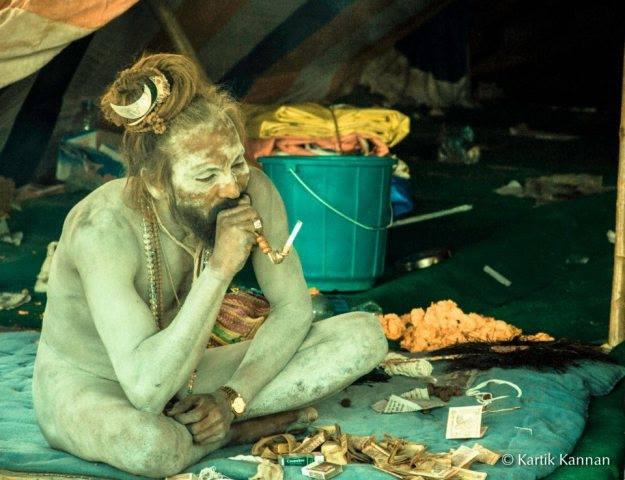
Aghoris generally live the life of a nomad, taking baths in the crematorial ashes, eating human flesh and drinking water from the human skull. Not only that, but they even meditate on the corpse body, which entitles their journey from Shava to Shiva.
Art of livelihood
Both the Aghoris and Naga Sadhus adhere to complete Bhramcharya. They stay away from the materialistic world and their family life. On the path to being a saint, they sacrifice their own families. They even perform their shraddh (last rituals).

During this time, they never meet their families. Meditation and obtaining moksha is their ultimate goal, so they want to stay focused on this goal. Aghoris have complete control over all their emotions, including anger, jealousy, love-hatred and good-bad.
Religious Practises
There are many differences between the two sectors in terms of religious practices. Both sectors perform rituals and offerings to deities like Shiva and Vishnu. Along with that, Aghoris sacrifices to even powerful demons like the bhutas and pisachas.
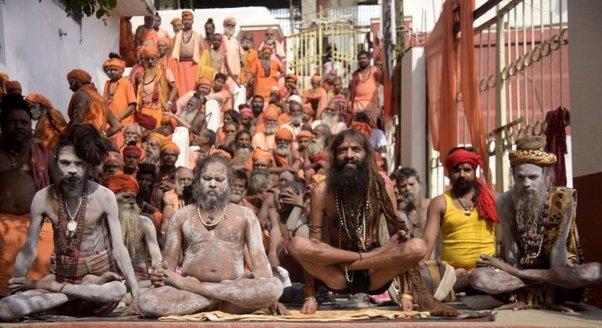
Both Aghoris and Naga sadhus perform yoga postures and meditation for spiritual development. Aghoris typically take a more aggressive approach than the Naga Sadhus.
Conclusion
The difference between the two usually creates diversity within Sanathan Dharma. But both practise similar beliefs and practises distinct from each other as the sector follows an entirely different approach towards spiritual growth. Whether you identify it within any industry, it is always crucial to remember that all paths lead towards the ultimate Almighty. When performed with total faith and dedication, it is a path to attaining salvation and finding God.
- This topic was modified 1 year ago by .
-
AuthorPosts
- You must be logged in to reply to this topic.